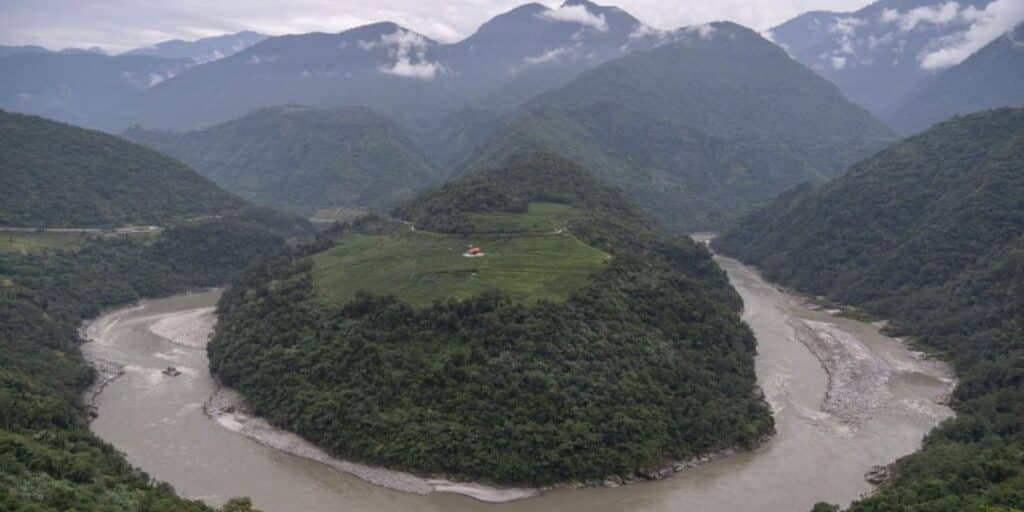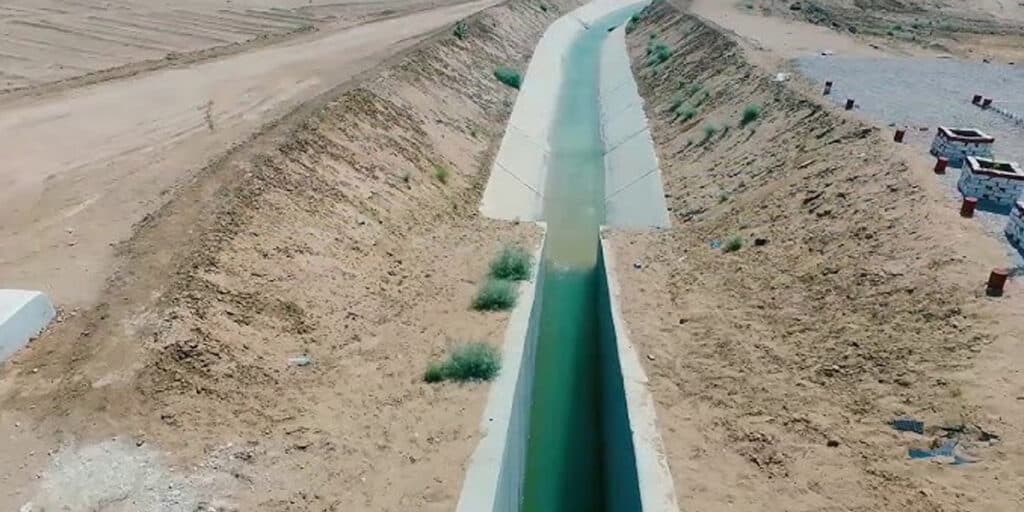BEIJING: China has started a mega dam project in Tibet, triggering unease in India over potential implications for water security and regional stability. This situation can also be said that China is preparing to drop a water atomic bomb on India, which has threatened to suspend the Indus Water Treaty against Pakistan.
According to reports, Chinese Prime Minister Li Keqiang has laid the foundation stone of the Yarlung Sanpo Dam, which have the capacity to generate 300 billion kilowatt hours of electricity annually. The dam will be completed with the cost of $168 billion.
Earlier in the year 2020, China had announced the construction of this dam under a 5-year plan, but its approval was given in December 2024. The importance of this project can be gauged from the fact that the electricity generated by it will be 3 times more than that generated by China’s Three Gorges Dam.
The Yarlung Sanpo Dam will be the world’s largest hydroelectric facility to be built on the Yarlung Sanpur River and will enable China to use vast and cheap electricity not only for the general needs of consumers but also for artificial intelligence and crypto mining.
The geographical and strategic importance of this project is also that downstream, the water from Tibet turns into the Brahmaputra River and moves towards the two Indian states of Arunachal Pradesh and Assam and finally enters Bangladesh, which is why the project has caused a stir in both countries due to concerns about possible water shortages and environmental impacts.
Now, with the construction of this new dam, the population in the relevant areas of Bangladesh will face severe water shortages not only in the two Indian states and will likely be forced to migrate. At the same time, since the water flow is in China’s hands, China will be able to use the water of this dam as a very effective weapon in case of any aggression by India.
The power of this water can be estimated from the fact that from the highest point in Tibet, water falls down an area of two thousand meters in height and fifty kilometers in width, meaning that if this water falls on the population below, it can also be called a water atomic bomb.
Given India’s behavior, China will be able to release flood relays whenever it wants or create water shortages and destroy crops. In this way, the future of India’s population will be tied to the actions of its governments.
However, China has made it clear that it has no such intention and the benefits and disadvantages of this project have been thoroughly evaluated scientifically. The electricity generated from this will be used locally in Tibet and in other provinces of China.
The Beijing has established the Yajiang Company to build a hydro project on this dam. It has also been claimed that a power transmission line will also be established from Tibet to Hong Kong.
ALSO READ: CJCSC: China a guarantor of regional peace and stability
India does not object to this great project of the world. There are question marks over the status of Arunachal Pradesh anyway. India claims its right to it and is trying to assert its right over water resources by rapidly constructing a hydropower dam on the Brahmaputra River. However, according to China, Arunachal Pradesh is an integral part of southern Tibet and it has been raising objections to construction projects here. Therefore, this project has also been directed to be completed as soon as possible.





